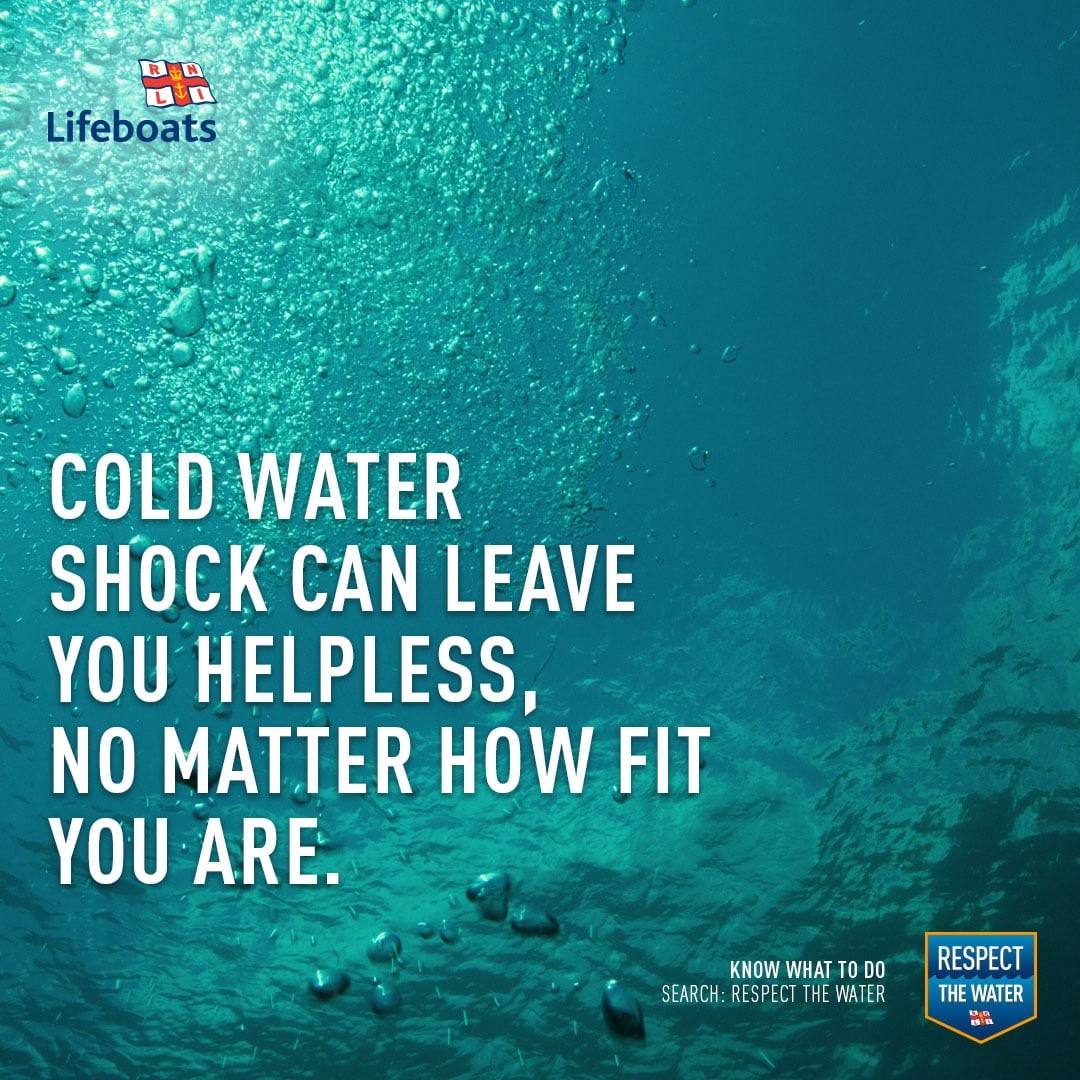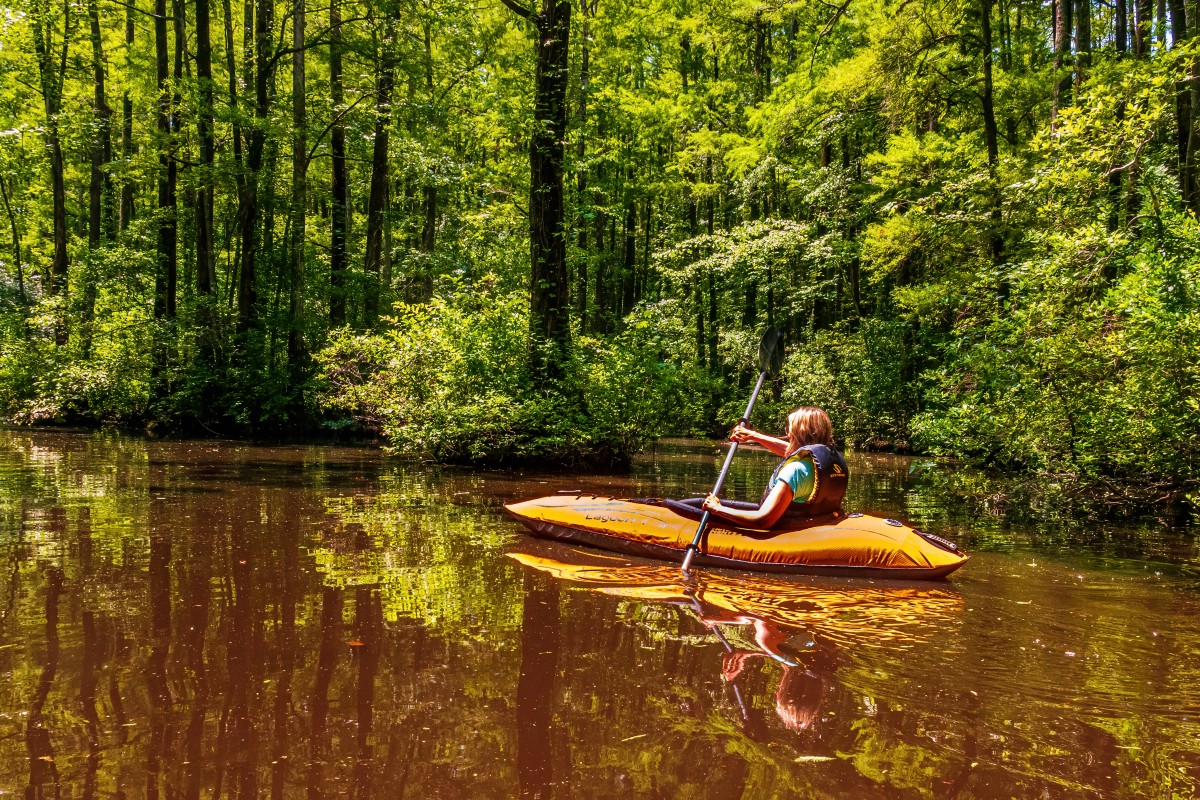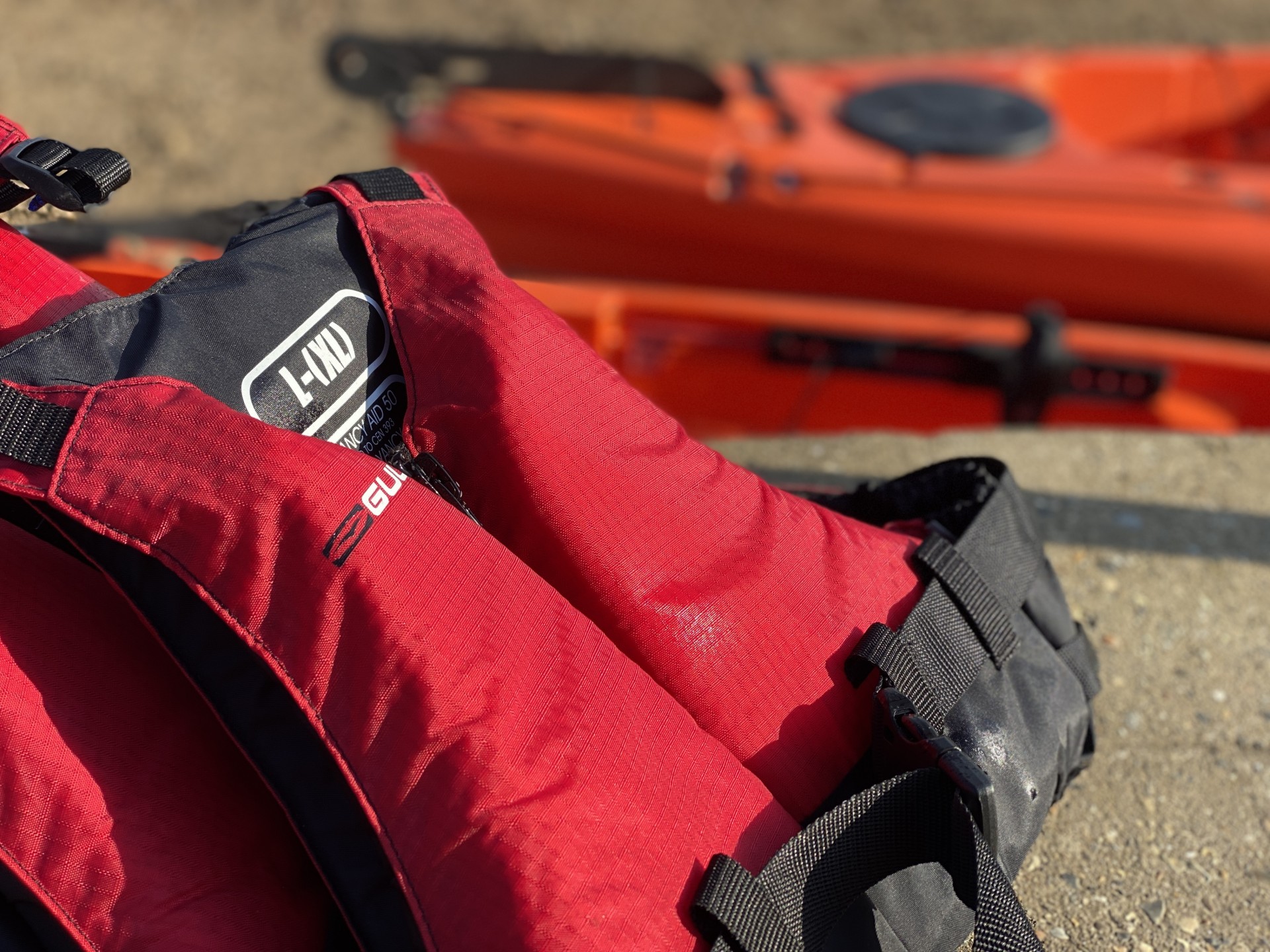Understanding & Managing Cold Water Shock for Sea Kayakers
Sea kayaking is a thrilling and adventurous activity that allows enthusiasts to explore the beauty of the open water. However, as with any water-based activity, there are risks involved, particularly when it comes to cold water shock. Cold water shock is a phenomenon that occurs when a person is suddenly immersed in cold water, causing a range of physiological reactions that can be dangerous and even life-threatening. As such, it is essential for sea kayakers to understand how to recognize and manage cold water shock to ensure their safety while out on the water.
What is Cold Water Shock?
Cold water shock occurs when a person’s body is exposed to cold water, typically water below 15 degrees Celsius (59 degrees Fahrenheit). When the body is suddenly immersed in cold water, several physiological reactions occur almost immediately. These reactions include an increase in heart rate and blood pressure, hyperventilation, and a gasp reflex, which can cause the individual to involuntarily inhale water. These reactions can lead to panic, disorientation, and ultimately drowning if not managed properly.
How to Manage Cold Water Shock
As a sea kayaker, it is crucial to be prepared for the possibility of cold water shock while out on the water. Here are some tips for managing cold water shock:
1. Wear appropriate gear: Investing in a wetsuit or drysuit can help protect you from the cold water and reduce the risk of cold water shock.
2. Stay calm: If you find yourself suddenly immersed in cold water, try to remain calm and focus on controlling your breathing. Avoid panicking, as this can worsen the situation.
3. Float and wait: If you do experience cold water shock, try to float on your back and wait for your body to adjust to the temperature. This can help prevent hyperventilation and keep you afloat until help arrives.
4. Practice self-rescue techniques: Sea kayakers should be familiar with self-rescue techniques, such as re-entering a kayak from the water or using a paddle float. These skills can help you quickly regain control and get back in your kayak if you capsize.
5. Know your limits: It’s important to be aware of your own abilities and limitations when sea kayaking. Avoid paddling in conditions that are beyond your skill level, as this can increase the risk of accidents and cold water shock.
By understanding the risks of cold water shock and being prepared with the appropriate gear and skills, sea kayakers can enjoy their adventures on the water safely. Remember to always prioritize safety while out on the water and never hesitate to seek help if you or someone in your group experiences cold water shock. Stay informed, stay prepared, and most importantly, stay safe while sea kayaking.



